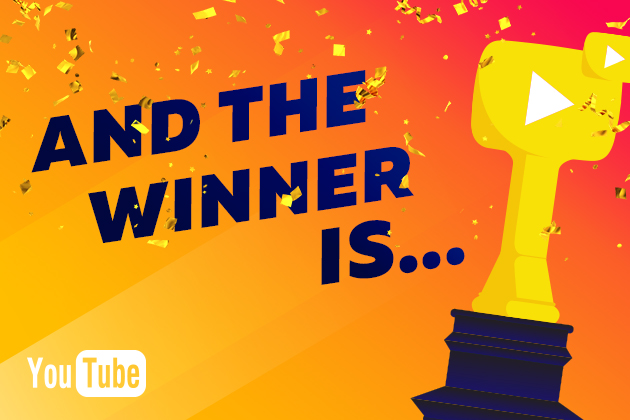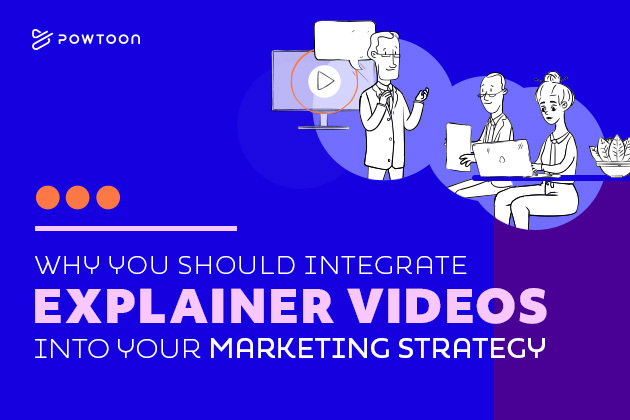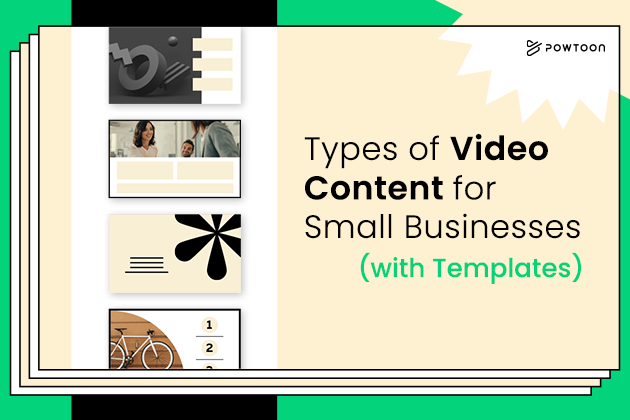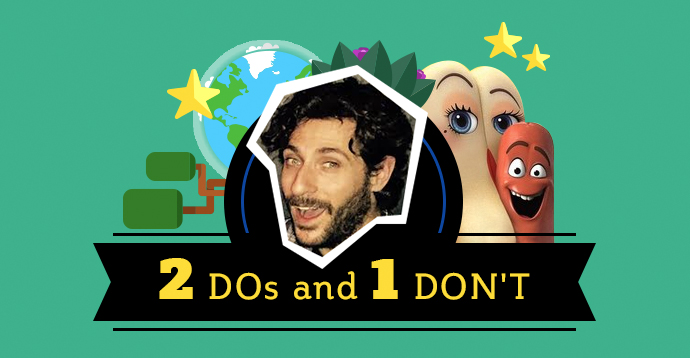
How to Effectively Tell Stories in B2B Video Marketing
It’s safe to say that most B2B companies want to run successful video marketing campaigns. And the most successful companies tell stories in B2B video marketing.
Why? Because stories tug on people’s heartstrings, encourage people to move or act, and we can all relate to stories. Who doesn’t want to watch a story unfold? The last time you watched an empathetic, emotional, or entertaining ad – it probably got you to click on something. It’s ok, it gets to us, too – and that’s a good thing!
Storytelling is a hot topic. From our very first memories, we sat down to listen to our parents read us a story. It got our imaginations going, which helped us see the world with new color and perspective. I know, I certainly won’t forget the first time I “walked” down the yellow brick road, that’s for sure!
What brand wouldn’t want that kind of unforgettable storytelling excitement in all of their video marketing?! It can be a challenge to try and translate your brand’s message into a story. Where do you start? Is there a customary approach? Powtoon’s very own Chief Evangelist, Renee Teeley, sat down with Mike Pritchett, Founder of Shootsa, to learn the moral of the story…
Let’s dive in, shall we?
Tell Stories to a Specific Audience
Everyone knows they need to “know their audience” today. But, Mike says, we all need to take it one step further. Sure, you can know that your audience likes coffee, TV shows, and shopping on weekends. But you need to take that audience member out on a date; you need to really get to know them.
One catch-all video isn’t going to do the trick any more. With the capabilities we have at our fingertips today, there is no reason why companies can’t be making different videos for each different segment of their overall audience.
If you think that’s a lot of stories to dream up… you’re right! It’s important to create stories in your video marketing for specific markets, verticals, use cases, and personas. All while measuring the results and comparing/contrasting the content along the way. Once these videos are done, using social media to share those messages. This can also be a helpful way to segment a population, since different demographics flock to different kinds of social media platforms.
Lastly, don’t be afraid to dig into the details. Simply segmenting out “male or female” isn’t enough. How about needs, wants, industry changes, locations, etc.? If you went on a date with your ideal audience member, where would you eat? What would you do after? What kind of food do they like? You get the idea.
Battling the Goldfish Attention Span
Time is money today, which is why every single person is going to click out of a video that goes on for longer than a few minutes. Be honest: you’re probably in the same boat! When a Facebook video plays for longer than a few seconds, if you don’t like what you see, you keep on scrolling, right?
If people have the attention spans of goldfish, how can your video marketing capture them?
The answer is to come right out of the starting gate with little pieces of information that are exciting, dramatic, and action-packed. Think of a James Bond movie. The opening scene should be some kind of battle that immediately catches people’s attention, no matter where they are when they are consuming the content.
The initial 3-second period is where you can get your audience to commit to another 30 seconds. If by the end of that 30-second period they are still hooked, then they will commit to your full 3-minute video.
But, you have to earn their attention in the first place.
Tell Stories in Episodic Content to Build a Following
You can almost never win someone with just one video. There is a lot of competition and content out there. People are expecting you to go above and beyond, multiple times, to win their affection.
Think of the most legendary stories of our time – Harry Potter, Star Wars, Lord of the Rings, Game of Thrones. They are told in sequential order, always building up to the next movie or episode. People waited in lines overnight at the movie theater just to get a good seat for the next installment in the series. You should be doing the same with your video marketing.
Our brains are programmed to love routine and consistency, which means it’s a great idea to create some kind of predictability in your videos. Consider the same intro or closing, for example, so people know what to expect. Or perhaps, introduce a fun character! Picture Flo from the Progressive commercials.
Don’t forget to wrap it all up with a CTA. Remind them to subscribe, share, and to catch your next episode.
Quick tip: you can shoot multiple episodes in one day. You can change your shirt or hairstyle to give off the impression that it was a multi-week ordeal. Or, you can consider a consistent uniform that is the same every single video.
Shoot, Test, & Measure
If you’re not learning during your B2B video marketing series, then you’re not doing something right. Learning doesn’t stop when you graduate from school – it’s a perpetual requirement if you want to rock your B2B sector!
There is an infinite amount of information afforded to us today, which is why you should be taking this information, data, and results, and using it to improve upon your storytelling capabilities. If you are sending out different videos to different populations, compare the resulting analytics. Perhaps test out two videos on one population. Which one did better? Constantly document this kind of information for the future.
Next, always be shooting. There is no such thing as too much content. If you have leftover content aside from your videos, post it to your social media, Snapchat, Instagram Stories, etc. Save bloopers and make a compilation video for the end of the year. The sky’s the limit.
Lastly, make a commitment to constantly learn. What has worked in your videos? What hasn’t? Don’t take anything too personally. Look at all of this objectively and figure out how you can be more successful in your upcoming campaigns.
Effective Storytelling Is More Than Clicking “Record”
Famous people, celebrities, big time companies, and everyday businesses known that storytelling is super important today. However, it’s easier said than done! How do you put it into practice on a daily basis?
We have reviewed that spending time identifying specific audiences and creating segments is the first step, followed by a quick 3-second video intro that is going to hook everyone immediately. From there, create episodes around a common theme – it can be a 3-part series, or a 100-part series! It doesn’t matter. Lastly, measure all of the information, analytics, and results, while continuously shooting more and more content, so you never find yourself with a posting lull.
If you want to learn more about people putting these points into action, click here.
What are YOUR secret tools for storytelling?
From your experience, what has helped you tell stories more effectively in your B2B video marketing? Let us know below in the comments below or on YouTube. As always, don’t forget to subscribe to Powtoon’s YouTube channel for more episodes of the #MakeItAwesome Show and more awesome content from the Powtoon team!
Stay Awesome!





